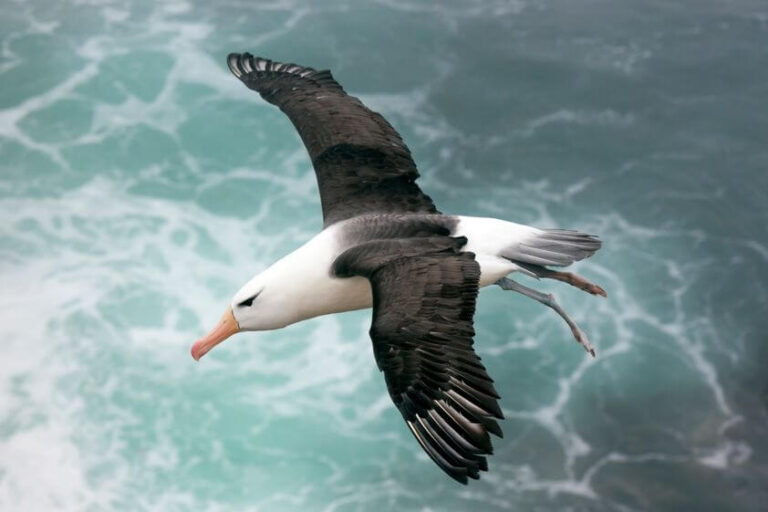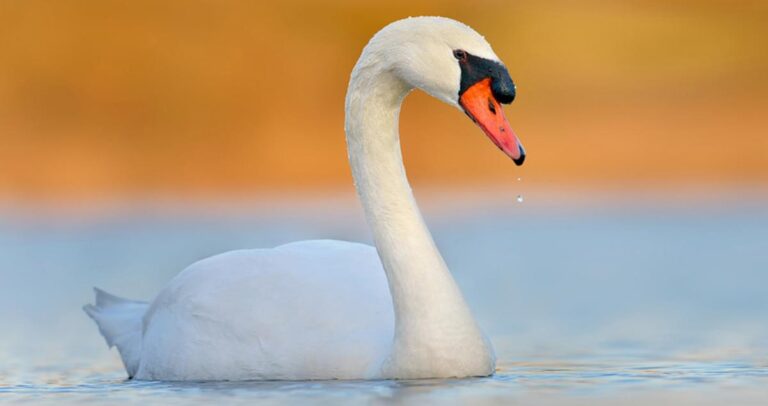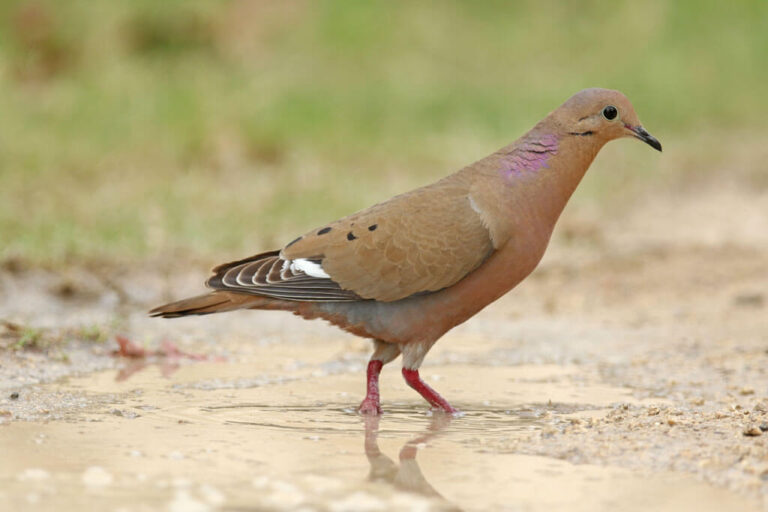The Quetzal: A Majestic Bird of the Cloud Forests
The quetzal, known for its vibrant plumage and graceful flight, is one of the most beautiful birds in the world. Revered in ancient cultures and admired by bird watchers today, the quetzal holds a special place in the natural world and human history. This article delves into the fascinating details of the quetzal’s life, including its scientific classification, physical characteristics, habitat, behavior, diet, reproduction, predators, conservation status, and more.
Contents
Scientific Classification
- Kingdom: Animalia
- Phylum: Chordata
- Class: Aves
- Order: Trogoniformes
- Family: Trogonidae
- Genus: Pharomachrus
- Species: Pharomachrus mocinno (Resplendent Quetzal) and other related species
Physical Characteristics

The quetzal is renowned for its stunning appearance, particularly the Resplendent Quetzal, which boasts a striking mix of colors:
- Size: Adults measure about 36-40 cm (14-16 inches) long, but males with elongated tail feathers can reach up to 1 meter (3 feet).
- Color: Vibrant green plumage covers most of their bodies, with iridescent hues that change from green to blue depending on the light. Males have a bright red chest, and their tail feathers are long and flowing.
- Beak: Short, yellow, and slightly curved, adapted for eating fruit.
- Sexual Dimorphism: Males are more colorful with longer tail feathers, while females have shorter tails and less vivid coloration, usually with brownish heads and chests.
Habitat
Quetzals inhabit the cloud forests of Central America, particularly in countries like Guatemala, Costa Rica, Honduras, and southern Mexico. These birds prefer high-altitude forests (up to 3,000 meters) where dense foliage and abundant fruit trees offer shelter and food.
- Environment: Cool, moist forests with dense canopies and plenty of epiphytes and bromeliads.
- Range: The highest concentration of quetzals can be found in protected areas such as the Monteverde Cloud Forest in Costa Rica and the Sierra de las Minas Biosphere Reserve in Guatemala.
Behavior
Quetzals are shy and elusive birds rarely seen outside their breeding season. Their behavior is adapted to their secretive nature and the challenging conditions of the cloud forest.
- Social Structure: Solitary or found in pairs during breeding season.
- Flight: Quetzals have a distinctive undulating flight pattern and are known for their agile movements through the dense forest.
- Communication: They communicate with various calls, including sharp squawks and softer musical notes, often heard in the early morning.
Diet
Quetzals are primarily frugivorous, with a diet focused on fruit, but they also consume other types of food:
- Primary Diet: Wild avocados (Lauraceae family) and other fruits are their main food sources. Quetzals play a crucial role in seed dispersal, aiding the regeneration of their forest habitats.
- Secondary Diet: Insects, small frogs, and lizards supplement their diet, providing additional nutrients.
Reproduction
Breeding season for quetzals usually occurs during the rainy season, which varies slightly depending on location.
- Nesting: Quetzals nest in tree cavities, often those made by woodpeckers or decayed wood, high above the ground. Males and females work together to excavate or modify a nest.
- Eggs: Females lay 1-3 pale blue eggs, which both parents incubate for about 18 days.
- Chick Development: Chicks are altricial, meaning they are born blind and helpless, relying entirely on their parents for food and protection. They fledge after approximately 3 weeks.
Predators and Threats
Due to their elusive nature and high-altitude habitat, quetzals face few natural predators. However, their greatest threats come from human activities:
- Predators: Predators include hawks, owls, and occasionally snakes that target eggs or young chicks.
- Human Impact: Habitat loss due to deforestation, agriculture, and urban development poses the most significant threat to quetzal populations.
Conservation Status
The International Union for Conservation of Nature (IUCN) lists the Resplendent Quetzal as Near Threatened. Conservation efforts are essential to protect these birds and their habitats.
- Conservation Efforts: Protected areas, reforestation projects, and ecotourism initiatives are vital in preserving quetzal populations. Public awareness and local engagement are crucial in ensuring the survival of these magnificent birds.
Interesting Facts
- Cultural Significance: In ancient Mesoamerican cultures, the quetzal symbolized freedom and wealth. The bird’s feathers were highly prized and used in ceremonial garb by Aztec and Maya royalty.
- National Symbol: The quetzal is the national bird of Guatemala, and its image is featured on the country’s flag and currency.
- Camouflage Skills: Despite their vivid plumage, quetzals can blend seamlessly into the forest due to their iridescent colors that mimic the dappled light of the canopy.
Evolutionary History
The quetzal lineage dates back millions of years, with fossil records indicating that the Trogonidae has ancient origins in tropical regions. Their evolution is closely tied to the availability of forest habitats and the diversification of fruiting trees, which comprise the bulk of their diet.
Relationship with Humans
Quetzals have captivated humans for centuries. From ancient myths to modern-day conservation efforts, the relationship between quetzals and people is complex and culturally rich. Ecotourism centered around quetzal sightings provides economic incentives for local communities to protect these birds and their habitats.
Conclusion
The quetzal is more than just a beautiful bird; it is an essential part of the cloud forest ecosystem and a symbol of cultural heritage. Protecting the quetzal requires preserving its habitat, supporting conservation efforts, and fostering a connection between people and the natural world. By safeguarding the quetzal, we ensure this iridescent icon continues to grace the forests for generations.
- Are Rottweilers Good With Kids? Reasons & Training Tips - 17 September 2025
- How Long Are Dogs Pregnant: Complete Guide - 16 September 2025
- German Shepherd Doberman Mix: Info, Pictures, Care & More - 11 September 2025







